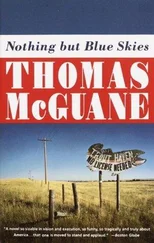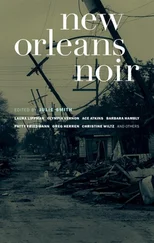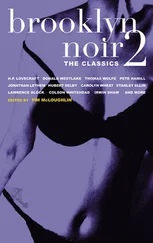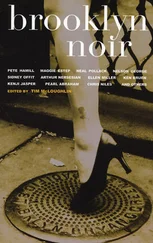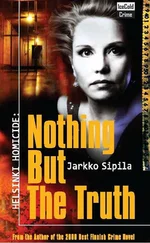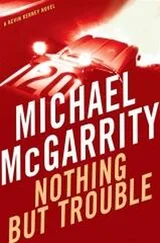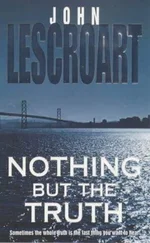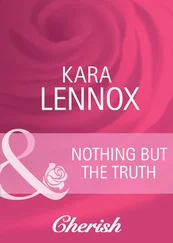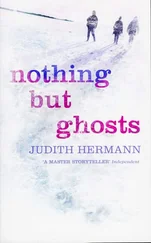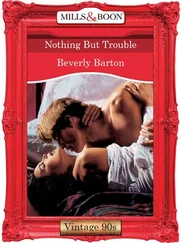The murder of Winslow was a particular blow to those who lived on streets adjoining Prospect Park. Violent crime in their park had actually gone down in the 1980s and early ’90s, a brutal time elsewhere in the city, and Brooklynites had begun to relax — and to enjoy the woods and hills and water and lush green of Prospect Park.
Frederick Law Olmsted (1822–1903) designed both Central Park, opened in 1858, and Prospect Park. Although the former is better known to the world, landscape historians consider the latter to be Olmsted’s masterwork. When Prospect Park opened to the public in 1870, Olmsted wrote to a friend, “The park in all its upper parts in the East Woods, the Dairy District and the Nethermead, is thoroughly delightful, and I am prouder of it than of anything I have had to do with.”
Both parks hit their nadirs in the 1970s. With the city’s finances in disorder, park maintenance was down at the same time crime was up. The number of visits to Prospect Park hit an all-time low in 1979, a mark all the more dramatic when one considers that Brooklyn’s population in the late nineteenth century was roughly a quarter of what it was in the late twentieth.
The salvation of both parks came about through the creation of public-private institutions — in Brooklyn, the Prospect Park Alliance — that raised endowment funds from government, community groups, and private donors to keep them from falling into disrepair again.
In an early account of the Winslow murder, a New York Times reporter wrote that the teacher died “in a meadow.” Gardeners and park historians know the place not as a meadow, but as the meadow — namely the Long Meadow.
Of all the fine features of Prospect Park, the Long Meadow most pleased Olmsted. (It still is the largest meadow in any U.S. urban park.) He was inspired by the grand sweeps of lawn designed for the landed gentry of eighteenth-century Britain. Olmsted modified the lawn idea, making the grassy area shaggier and edging it with native trees: oak, American elm, sugar maples, wild cherry, tulip, sassafras, and Osage orange. Before Olmsted, most European and American urban parks were more pavement than woods, usually focused on a fountain or statue surrounded by tight little combinations of domesticated ornamental plants, tidily fenced in.
Olmsted’s idea was that the park would strengthen democracy; that in a leafy setting, under the sun and in the pure air, the divisions between rich and poor could melt away. His forests and meadow — wild-seeking, but actually planned down to the last shrub — would be a source of what he called “peace and refreshment” for all classes; a retreat from the crowding, dirt, and noise of city life.
Opponents argued that a wooded park with secluded areas would encourage, as one contemporary editorial writer put it, “riotous and licentious habits.”
On the day of his death, Winslow’s four-mile ride from his Bay Ridge home, past Green-Wood Cemetery to Quaker Hill, probably took about a half-hour.
His four assailants — Robert Brown and Gregory Morris, each fourteen, and sixteen-year-olds Chad Jackson and Jerome Nisbett — were supposed to be in school that day. They bumped into one another at a laundromat around 1 o’clock in the afternoon and decided to go to the park because, as they later said, Gregory Morris didn’t have a bicycle whereas the other three did. In their minds, evidently, Prospect Park was the place to go to acquire a bike.
The group — three boys pedaling bikes with Gregory Morris astride handlebars, or sometimes just running alongside — first approached a woman practicing martial arts near the park’s band shell. Morris started “messing with” her bike, Robert Brown said at trial. The woman told the boys to get lost and rode off quickly. Then the four thought of stopping a Latino on a bike, but he too hastened away.
About half-past 3, they walked up Quaker Hill and spied Winslow and his bike. Brown testified that Morris said, “Let’s get him!” Brown further testified that Morris handed a gun to Nisbett.
There were no witnesses to the shooting, but people walking in the Long Meadow heard a popping sound.
“I hope that was fireworks,” one man said to his friend as they sat beside a nearby pond. But, he added, “Then I heard that long, loud scream.”
Allyn Winslow, who came to New York by way of Texas, was fully involved in the life of his adopted city. His two children, ten-year-old Jessica and eight-year-old Drew, attended public schools. On the morning of June 1, he’d walked his son to school from their Bay Ridge brick house — the one in which his widow, Marcy, had grown up. The couple had been thinking about moving to Park Slope in order to be closer to Prospect Park.
Winslow, who held a master’s degree from Trinity University in San Antonio, had performed on stage in several venues, including the Dallas Theatre Center. He had also acted in small film roles and several television commercials. Of late, he’d been spending more energy on his teaching and journal writing. According to his journal, the New York City marathon in November 1993 would be his last.
Shortly before his death, Winslow had started a vacation from his job at the American Musical and Dramatic Academy, housed in the ornate Ansonia Building on Manhattan’s Upper West Side. During the week prior to his death, he’d ridden nearly two hundred miles on his new bike — which he’d bought, along with one for his wife, in April.
Marcy Winslow was a legal secretary at the Manhattan law firm of Cravath, Swaine & Moore. In her statement at the sentencing hearing following the trial of her husband’s killer, she demonstrated poise and familiarity with courtroom procedure as she broadened the picture of Allyn Winslow.
“The press only characterized my husband as a father of two and a drama teacher. He was more than that,” she said. “At [the drama academy] where he worked, he was not only a teacher but he was a counselor and a mentor. He was the person who gave the first-year students their welcoming speech. Many of the students told me how inspired they were after hearing his speech and were excited about having him as their teacher.”
Marcy Winslow concluded, “Jerome Nisbett will never know how much suffering he caused on June 1, 1993, and every day thereafter.”
Could Frederick Law Olmsted, with his vision of the civilizing influence of his woods and meadow, have imagined a fourteen-year-old handing a gun to a sixteen-year-old for the purpose of robbery?
A year before Winslow’s death, a published survey of New York City public high school students carried out by the Centers for Disease Control and Prevention, found that seven percent carried handguns. One wonders about the truthfulness of the responses. Were some students afraid to admit they carried a gun, or were some ashamed to admit they didn’t?
The U.S. arrest rate for juveniles climbed sixty percent in the decade before 1994, according to the Federal Bureau of Investigation. Youth crime of that period tended to involve wanting something in aid of popularity or prestige: A shiny new mountain bike made an even more attractive target than the latest pair of Nike sneakers.
As he delivered Nisbett’s sentence, Brooklyn Supreme Court Justice Francis X. Egitto said, “I have seen youngsters in this courtroom take a life for designer jeans, for earrings, and now for a bike... I say this to young people: When you take a gun out on the street for robbery, are you prepared to pay twenty-five years to life for the crime that you commit?”
Which is exactly what Nisbett got as the trigger boy tried as an adult. He is today an inmate at the Eastern Correctional Facility at Napanoch, New York.
In return for agreeing to testify against the others, Robert Brown pleaded guilty to manslaughter and was sentenced as a youthful offender to sixteen months to four years. Chad Jackson likewise received a light sentence — two to six years — on his conviction for attempted robbery.
Читать дальше

